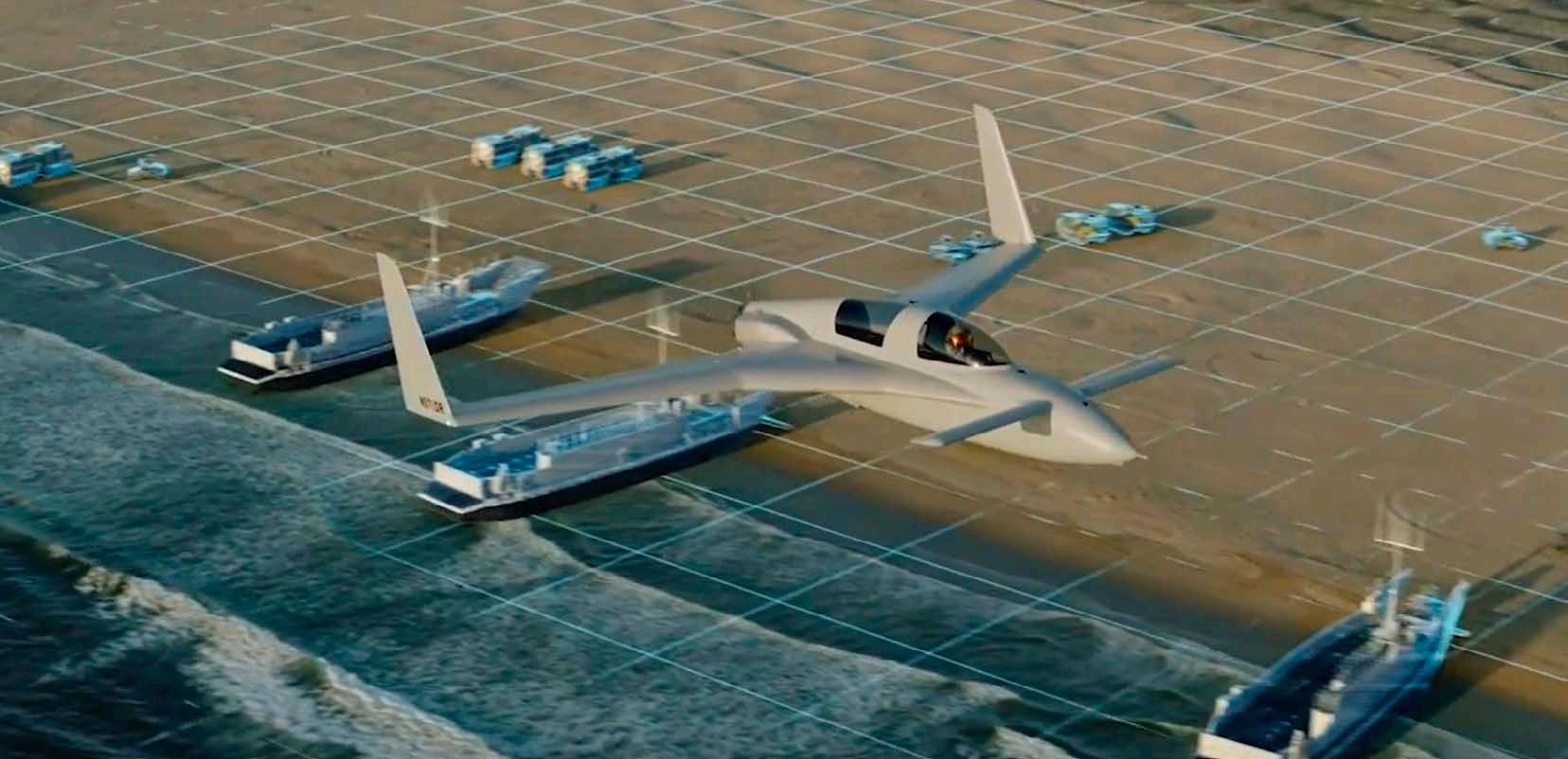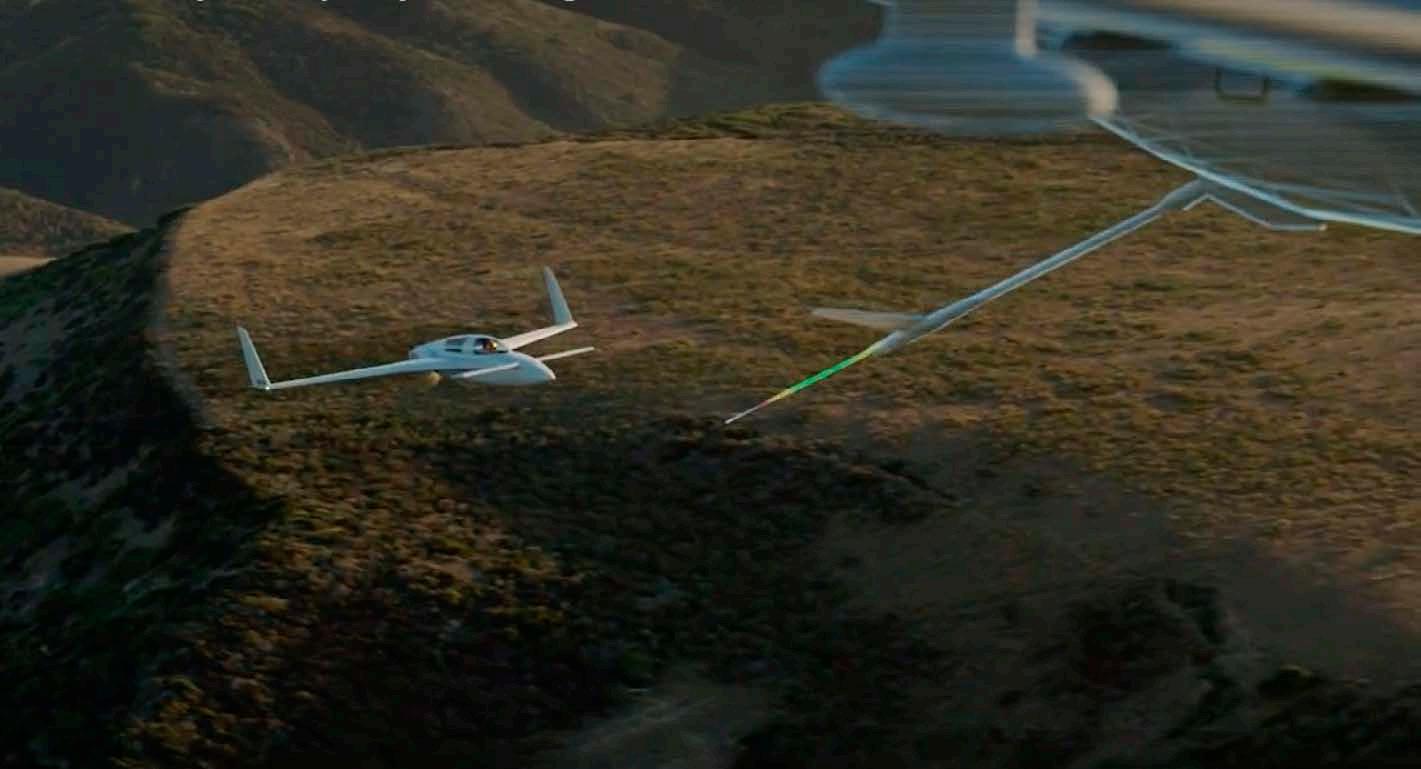
7 minute read
Virtualised Training
For almost as long as there have been military aircraft, there have been simulators to assist with the training of pilots, gunners, bombardiers, and other aircrew.
ONLY A YEAR SEPARATED the introduction of the first military aircraft - a modified Wright Model A in 1909 - and the first simulator in 1910: the ‘Tonneau Antoinette’ (Antoinette barrel) was a simple controls demonstrator and 2-axis motion simulator.
Advertisement
Within two years it was followed by a wide range of motion and controls simulators, including the Wright Brothers’ ‘Kiwi Bird’ in 1911. After all, flying is still a difficult skill to master even with modern aircraft, let alone the underpowered, rickety, low-endurance, flimsy, and unforgiving contraptions of the pioneering aviation days.
It didn’t take long for military forces to realise that if they were going to train up cohorts of airmen, then they needed a way to do the initial parts of it more safely and cheaply on the ground before sending any up in actual aircraft. In all the years since, that principle has remained, with simulators being a central component of all military aircrew training.
By the First World War they had been extended to provide training to other roles such as aerial gunners, who used elaborate ground rigs to learn how to lead their fire onto moving aircraft. By the Second World War the primary simulator on the Allied side was the Link Trainer, able to simulate not only limited motion and controls but also the workings of flight and navigation instruments.
Nowadays, military flight simulators are enormously complex and expensive digital systems with exact cockpit and avionics replicas of the aircraft being simulated, high-fidelity flight models, wrap-around dome projection displays, and the ability to simulate most types of combat. Some are capable of limited movement, but most have given up simulating motion. What’s more, whereas simulators were once used only to introduce new pilots to flying, they’re now a core part of every line all the way through to fighters. Most military pilots now spend around 10-20% of their time flying in simulators, rather than real aircraft, in order to practice certain skills and save costs.
But for all the improvement in accuracy and scope, simulators have still been seen as an inferior analogue of actual flying, incapable of delivering the full experience and having value only as a way to introduce aircrew to a new type or ab initio flying and offering a cheaper way to practice skills.
This is about to change. A combination of advances in networking, onboarding computing power, and both augmented and virtual reality headsets are converging to bring about the most consequential change in military combat simulation in decades. The impact on both training and ongoing practice will be profound, as the boundaries between what’s real and what’s simulated become increasingly blurred and simulation goes from being a discrete part of training to something that’s infused through all activities.
First, advances in both processing power and radio protocols and bandwidth have enabled much greater use of networking in simulation to produce more realistic scenarios. It began at a small level by locally networking multiple co-located simulators together to allow pilots to train on combined tactical scenarios.
As an example, the Swedish Air Force’s Combat Simulation Centre (FLSC) has eight full cockpit simulator stations and four mission controller / AWACS simulator stations, all networked into each other. Most of the time the simulators are configured to be exact replicas of the Gripen, but it’s also possible to replace any aircraft station with an alternative cockpit and flight model to replicate other aircraft types, meaning that some could be configured to accurately simulate ‘enemy’ aircraft. What this allows for is the use of simulators for not only familiarisation training, but also as a tool to develop and evaluate tactics at the realistic scale of two full flights of fighters.
The Swedish Air Force has made heavy use of this capability as an integrated part of mission planning and preparation. For instance, before the Swedish Air Force took part in the NATO-led coalition over Libya in 2011, its chosen aircrew first spent a few weeks at the FLSC practicing all the potential scenarios over the same simulated territory. Trainers at the mission control / AWACS stations studied and adopted NATO-style protocols and terminology to familiarise aircrew with how to work alongside NATO forces, and proposed tactics were evaluated and changed when necessary. As a result, the Swedish contribution to the operation was extremely successful with no time needed for local familiarisation, very few interoperability issues, and a high mission success rate.
A more recent addition was the ability to network the FLSC to other simulation centres around the world, including an identical Gripen facility for the Czech Air Force and an F-16 simulation centre of the US Air Force, for up to 16 simulators networked and active at once. This obviously means you can test, evaluate, and train for much more complicated tactical scenarios including large numbers of enemy aircraft.

Red-6 can simulate air to air refuelling with a much cheaper Berkut experimental aircraft.
The South African Air Force’s Gripen training centre at AFB Makhado unfortunately has only two simulator stations and has not been networked to other country’s simulation centres. This seriously limits the value that can be gained from simulation, although the situation is at least ameliorated by the addition of a desktopbased mission scenario simulation tool developed by the CSIR.
But networking is not only useful on the ground: aircraft data links also provide the opportunity for training and simulation, because in any place that data is transferred it can also be virtually constructed. For instance, it has now become standard for radar-less lead-in fighter trainers, like Hawks, to be fitted with data links that share aircraft positions and simulate both radars and missile firing protocols in order to let pilots train in air combat scenarios without needing to fly much more expensive fighters.
In many air forces that’s implemented through Air Combat Manoeuvring Instrumentation (ACMI) pods that fit on a pylon, but in the SA Air Force it’s a capability built into its Hawk Mk120 radios and avionics and implemented via the indigenous Link ZA data link. The benefit of this approach is that the Hawks can receive data from every other Link ZA-enabled platform, including Gripens and the Navy’s Valourclass frigates. Not only does this open up new training opportunities, but it makes the Hawks useful as pointdefence fighters able to receive live radar data from other platforms to vector them onto targets.
This combination of real world systems and simulators all networked together is usually referred to as Live, Virtual, Constructive (LVC) simulation, where training exercises might involve any combination of actual aircraft and ground systems, fullblown simulators, and computergenerated forces. For many air forces LVC simulation is now the standard approach, to the point where in any given exercise no pilot or controller can be entirely certain that the aircraft or other system they’re seeing on their displays, or the people they’re speaking to, are in real platforms or in simulators. So you can have much larger and more complicated training scenarios, testing a much wider variety of skills and tactics.
However it’s the development of augmented reality solutions that open up some really intriguing options for fully blending live and virtual training by projecting simulated imagery over the real world.
Red 6, an American company, is the current leader in augmented reality pilot training with a solution based around a headset that fits into standard fighter pilot helmets, and just recently received a $60 million contract from the US Air Force to build the system into a T-38 trainer. Their system can generate realisticlooking aircraft all the way from other fighters for realistic air combat training through to aerial tankers at ranges from many kilometres away to ones that appear to be flying right alongside, meaning even aerial refuelling could be practiced up to a point without using tankers. They’re also working on realistically projecting ground-based systems on real-world terrain, meaning that a pilot could train to avoid missile systems or attack ground targets on any random weapons range without the need for actual ground vehicles.
Looking further ahead, the same technology can apply to all types in an air force fleet, to practice everything from close air support, to formation flying, to landing in hot LZs, to search and rescue, and to firefighting.
For now the technology is relatively new and still fairly limited, with some issues around occlusion, appearance, frame rate, and so on, but at the current rate of improvement it won’t be long before those are all resolved and it becomes difficult for a pilot on board an aircraft to tell apart a projected augmented reality aircraft or vehicle from a real one. Competing solutions from other companies are also emerging fast. This will be the next step in LVC simulation, letting pilots jump between real aircraft with augmented reality displays (when realistic physical experiences are required) and simulators (to save costs) to realistically train for and practice every kind of tactical scenario while also saving money.
It’s clear that military aircraft simulation is about to enter a whole new era of both huge jumps in fidelity and realism but also new options to reduce flying costs and maintain skills with fewer resources.
Organisations like the South African Air Force need to rethink their simulation approach and ensure they remain up to date and take advantage of these new trends.










